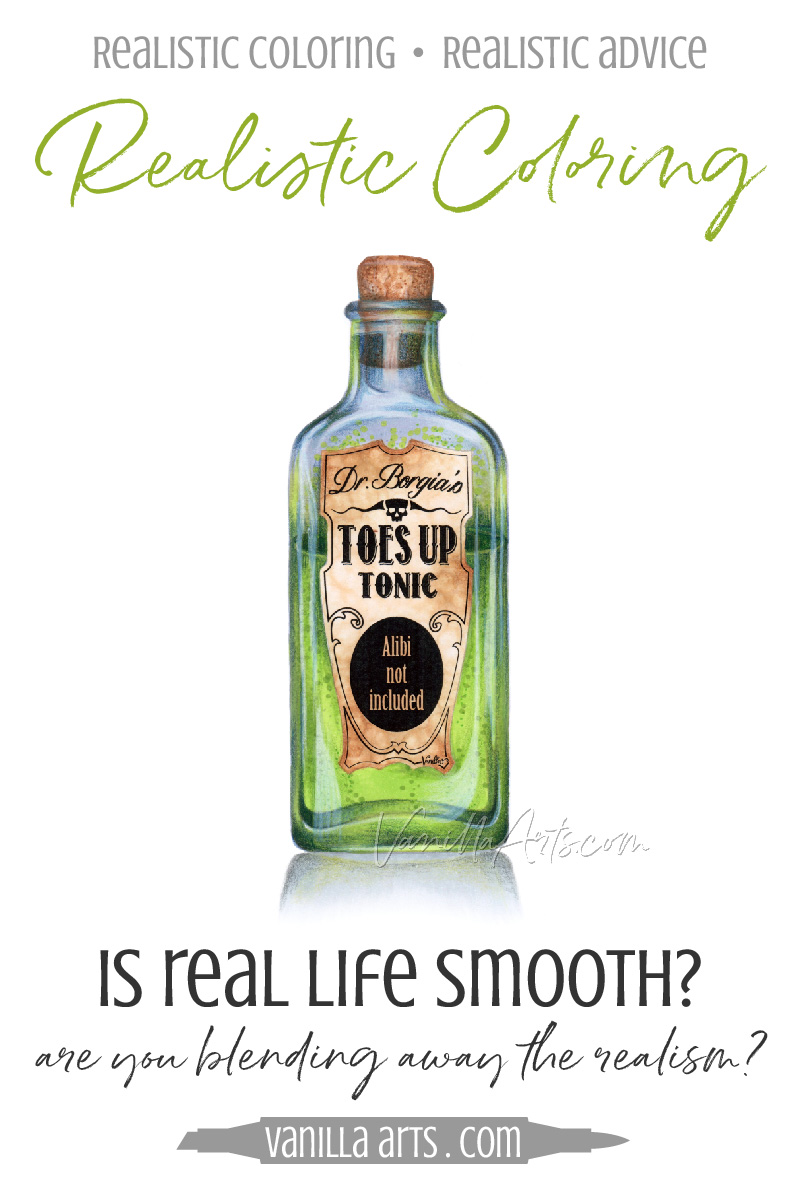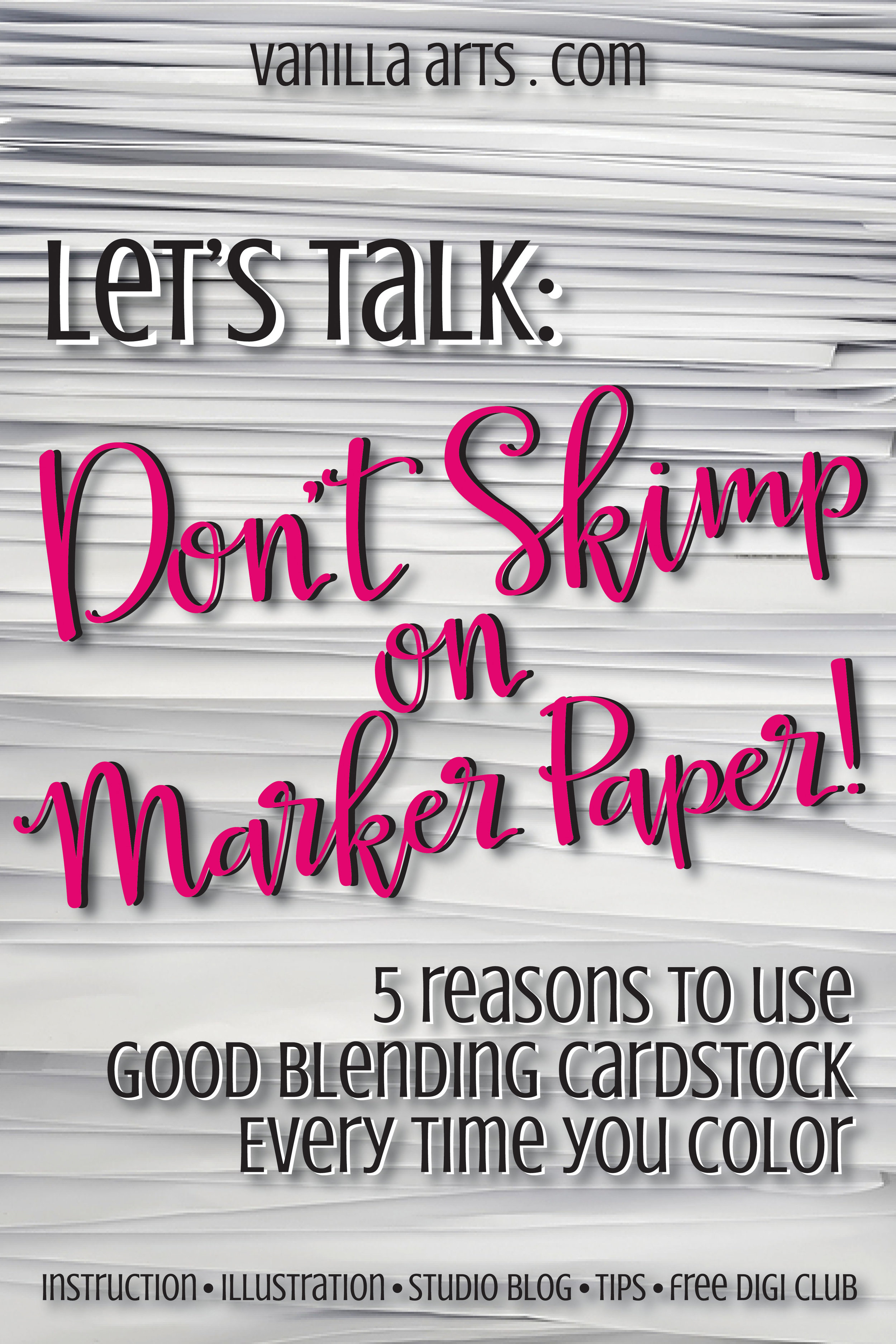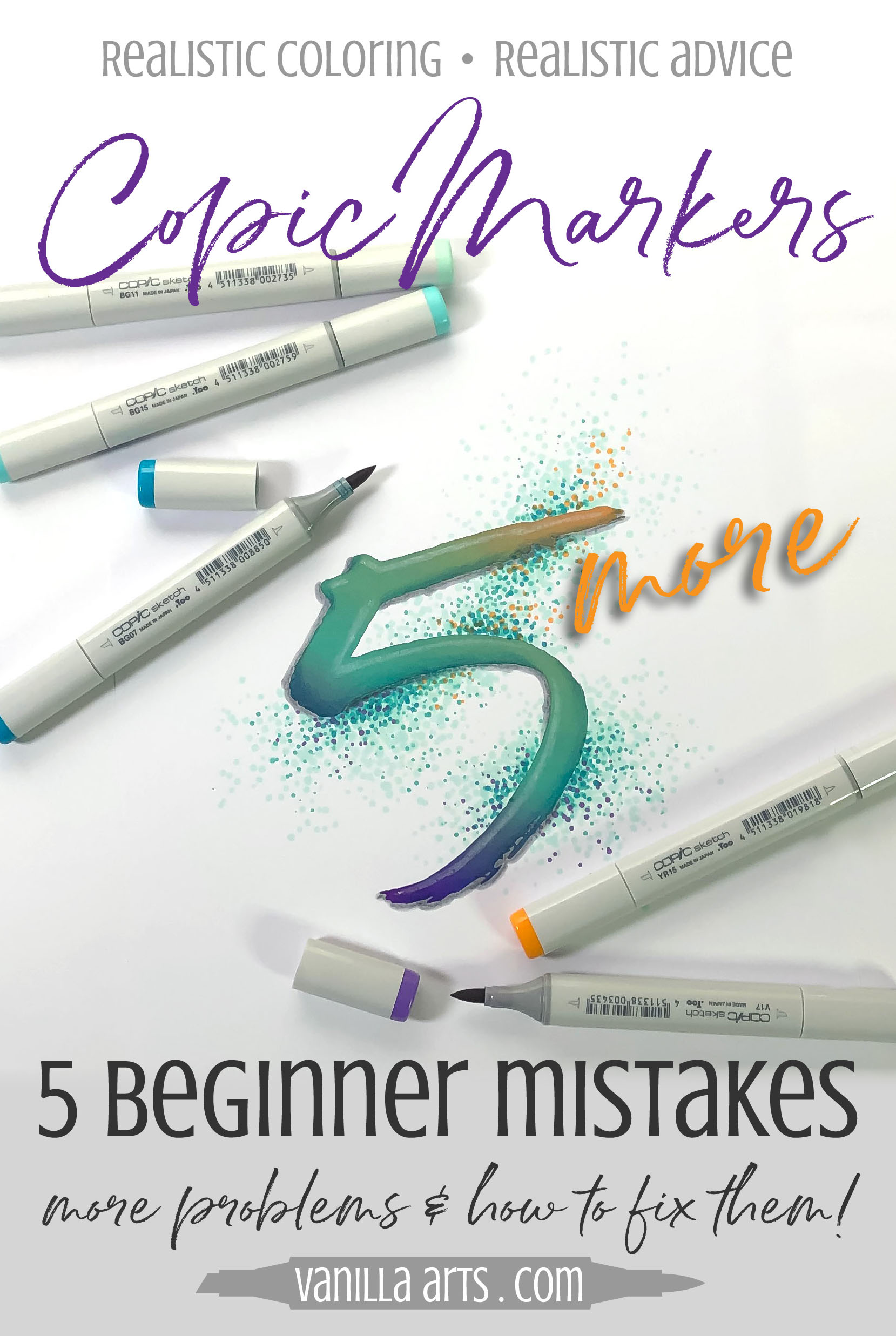
Realistic Coloring: How to add authentic texture to your Copic Marker and colored pencil projects
Do you blend everything smooth?
My latest Copic Marker Coloring Tips video at YouTube is all about texture.
As a beginner, most colorers focus on blending skills. After all, the blends are what originally attracted you to markers in the first place.
So you dream about blending, you practice blending, and the color blends are what you notice most when you go online to look at other coloring projects and tutorials.
Blend, blend, blend.
But wait, are you stuck on blending?



